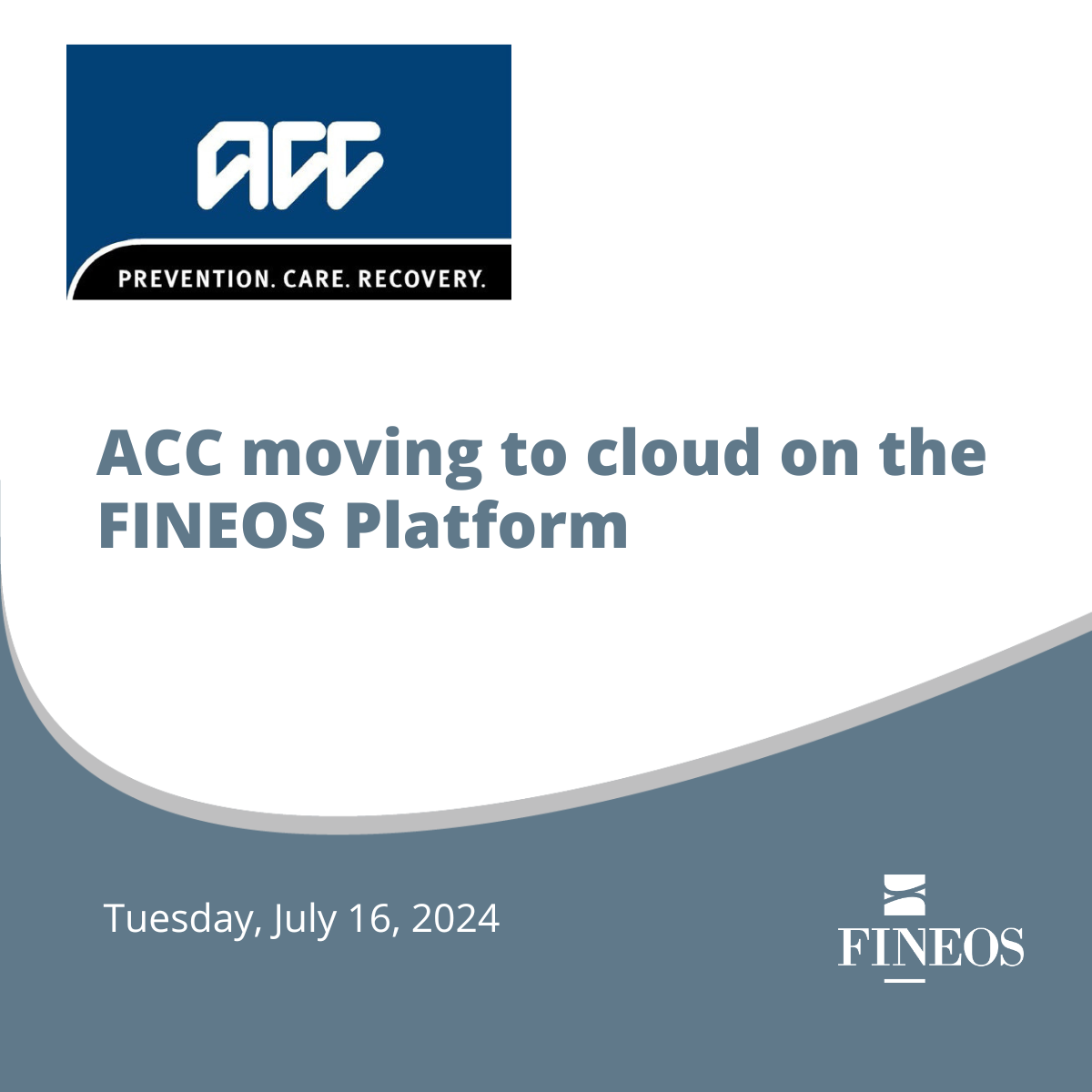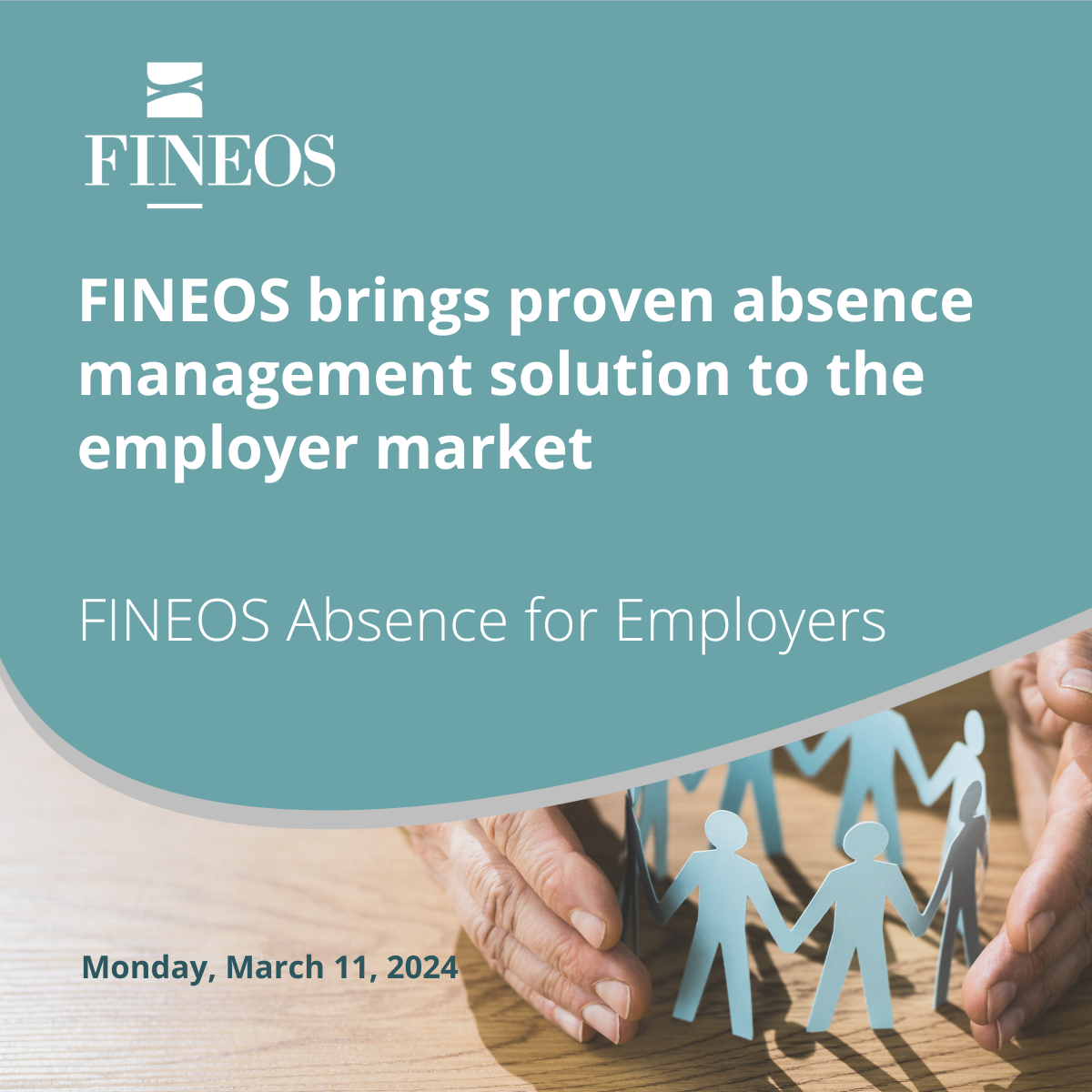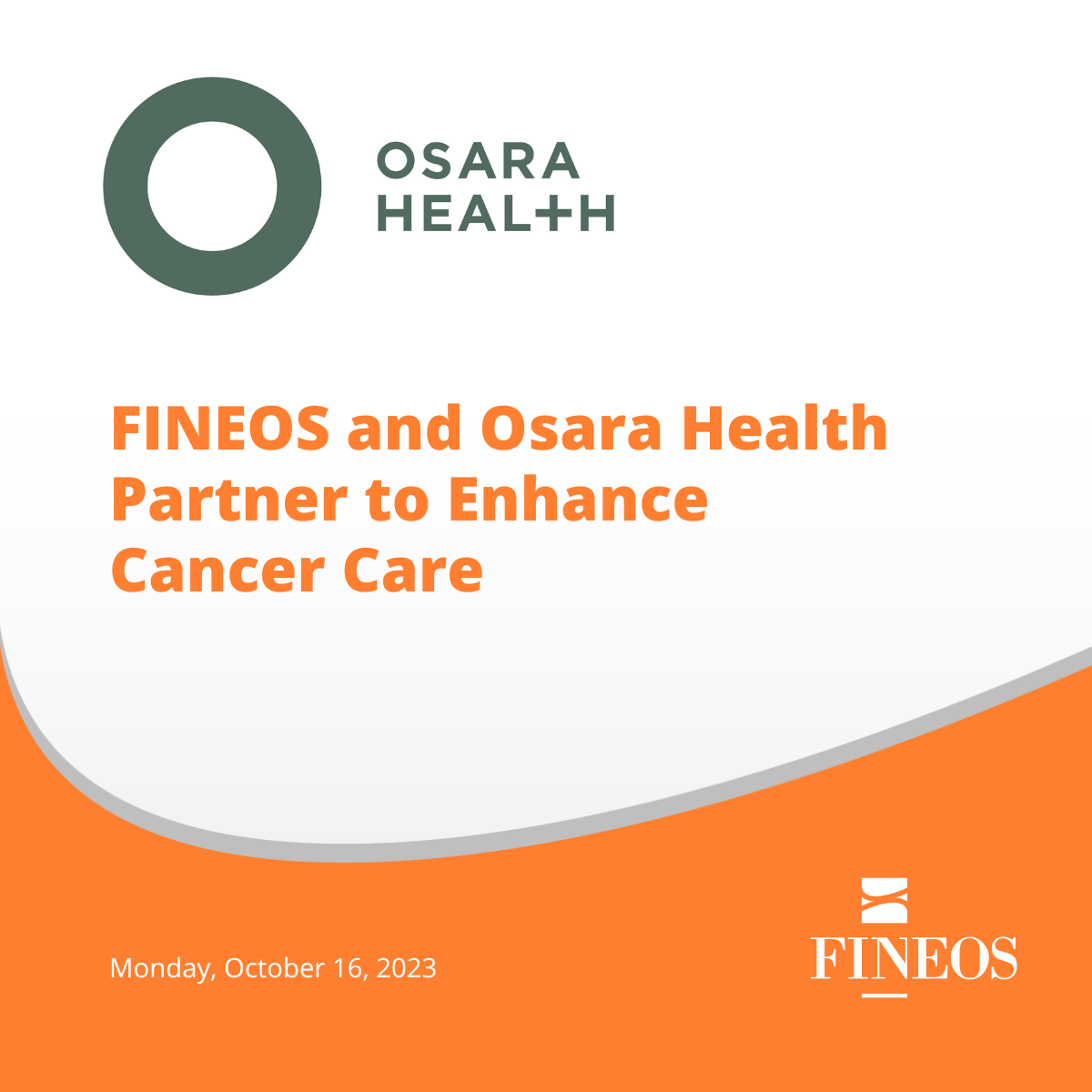– Supports Group, Voluntary and Individual on one platform
– Empowers insurers to transform their front-office vision into a back-office reality
FINEOS Corporation, a market leading provider of core processing systems for Life, Accident and Health insurance, today announced the launch of the FINEOS Administration Suite, a full service Policy, Claims, and Billing software solution. The suite has been designed for the demands of the new benefits market and will provide best in class functionality for Group, Voluntary and Individual Policy administration on a single platform while also supporting self-admin, full-admin and TPA models.
Michael Kelly, CEO, FINEOS, welcomed the launch. “We are delighted to make this announcement today. As a vendor committed to the Life, Accident and Health industry, we believe there is a gap in this market for a modern technology solution. The FINEOS Administration Suite offers insurers the opportunity to introduce a modern customer-centric insurance system into their complex, legacy insurance architectures with less risk and more immediate business value”.
As a global leader in claims software, FINEOS has many years’ experience solving customer problems for Employee Benefits insurers and understands the challenges insurers face with legacy systems and outdated processes. The expansion into Billing and Policy is based on the capabilities of the FINEOS Digital Platform, a powerful customer-centric and business services platform that is proven at over 50 insurance customers globally and incorporates over 20 years domain expertise.
Speaking today at the launch of the FINEOS Administration Suite at the LIMRA Enrollment Technology Seminar, Chuck Johnston, Chief Marketing Officer, FINEOS, described the changing landscape for employee benefit insurers. Market pressures to introduce new product/distribution models have necessitated new front office systems that can be implemented quickly, accurately and cost effectively. However, this drive to transform the front-office has put immense pressure on back-office systems to such an extent that insurers may not be able to service the new channels and products with good standards of customer service. The challenge for insurers is how to translate their front office vision into a back office reality. FINEOS advocates a bookending approach where critical customer-facing and product systems are replaced first with a focus on strategic targeted projects with good risk/reward mix. The FINEOS Administration Suite is designed to be implemented in this way, allowing insurers to introduce new capabilities and modern systems while leveraging existing applications which can be replaced over time, reducing risk and increasing immediate return on investment.
According to Robert McIsaac, Senior Vice President at Novarica, “The group insurance portion of our industry is now facing a remarkable confluence of events that has the potential to create both significant new opportunities and risks for those who fail to keep pace. The impact of regulatory changes, most notably in the form of the Affordable Care Act, are fundamentally altering how both plan sponsors and members think about, shop for and fund benefits. Changing work patterns make benefit portability and convertibility the norm rather than the exception. Data is pervasive and can now be used to manage both experiences and financial performance as well as loss analysis in completely new ways. And, with all of that, 2015 is now forecasted to be the year when the number of Millennials overtakes Baby Boomers and will never look back. Be prepared for disruption!
With all of that said, now is an ideal time for carriers to be refining their own strategic plans and executing on them. With increasingly capable solutions, including those made available by companies like FINEOS, there is a danger that those slow to embrace change will experience losses in both market share and financial performance from increasingly competitive employer driven selection processes”.


